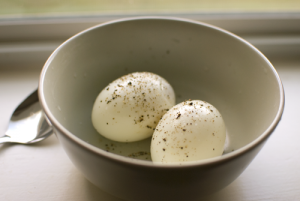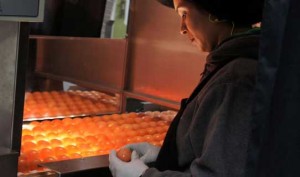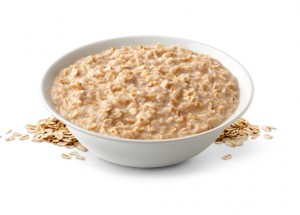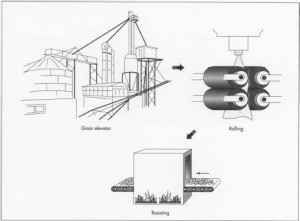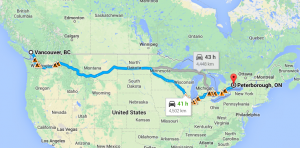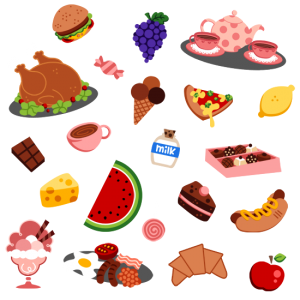Grilled Chicken Breast and Salad:
To prepare my lunch, I bought the chicken from Safeway and I had it grilled using my oven at home. Similar to the microwave, the oven runs on electricity. I also bought lettuce, tomatoes, and cucumbers to prepare the side salad. The vegetable was purchased from a local supermarket.
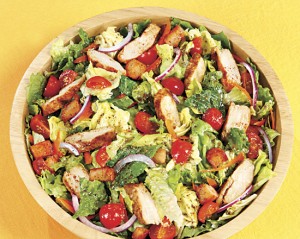
Ingredient: Chicken breast, canola oil, lettuce, tomatoes, cucumber
Grilled Chicken:
Production: Safeway claims that the birds are raised in a soft bed of rice hulls and are settled in a space that is bigger than those for growing conventional chickens. They are fed with high quality nutritionally balanced ingredients. Safeway calls the chickens’ diet, the vegetable diet because all their intake nutrition, such as corn soybean, has vegetable origin. Safeway strongly suggests that there is no animal by-products or animal fats used in the chicken feed. Moreover, The grain requires a lot of energy, such as sunlight, water and soil, to produce as a plant. Planting, protecting, watering, and harvesting are also some of the processes that require energy in order to maintain the growth.
Packaging: The frozen chicken breast was purchased from Safeway in a warehouse package.
Delivery: The information at Safeway website declares that the chicken comes from California, Oregon, Washington, and Pennsylvania.
Salad:
Production: The salad was made of the lettuce, tomatoes and cucumbers that were grown in the lower mainland on Vancouver Island. Like grains and other vegetables, these plants need a lot of energy for growing and maintenance. The vegetables require low temperature and humid climate to remain fresh. Therefore the supermarket staff has to ensure that the vegetable section is cool and humid the whole time. Stores need to use special machines in order to control the temperature and humidity and these machines require energy in order to operate.
Packaging: Vegetables are delivered to stores in cardboard boxes. However, the vegetables were brought home in plastic bags which needs energy to be made. You can find a video on plastic bag production below:
https://www.youtube.com/watch?v=8CfL5xl2N1Q
Delivery: The amount of fossil fuels used for delivery is not too much since lettuce and tomatoes are grown locally.
Sources:
http://www.safeway.com/ShopStores/Open-Nature-FAQ-Meat.page#answer_9
http://www.agf.gov.bc.ca/aboutind/products/plant/lettuce.htm
http://www.penzeys.com/images/recipes/SpicyChickenSalad.jpg


